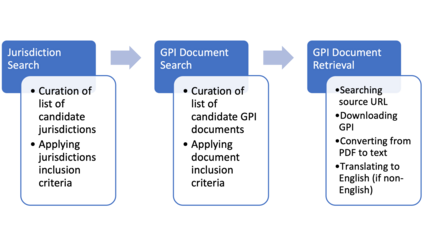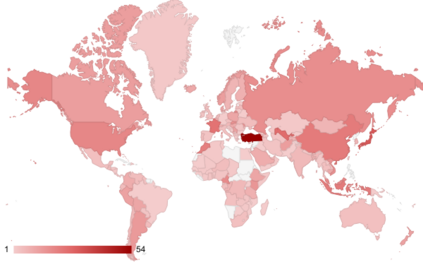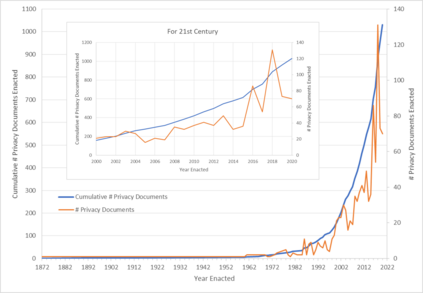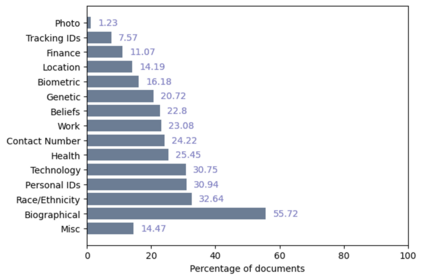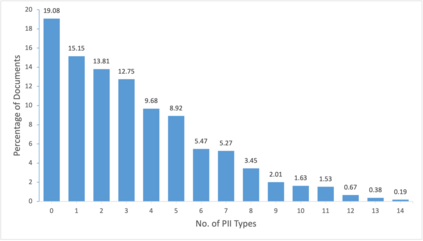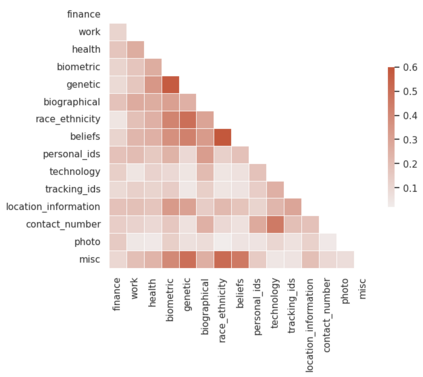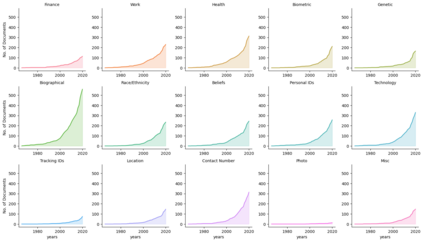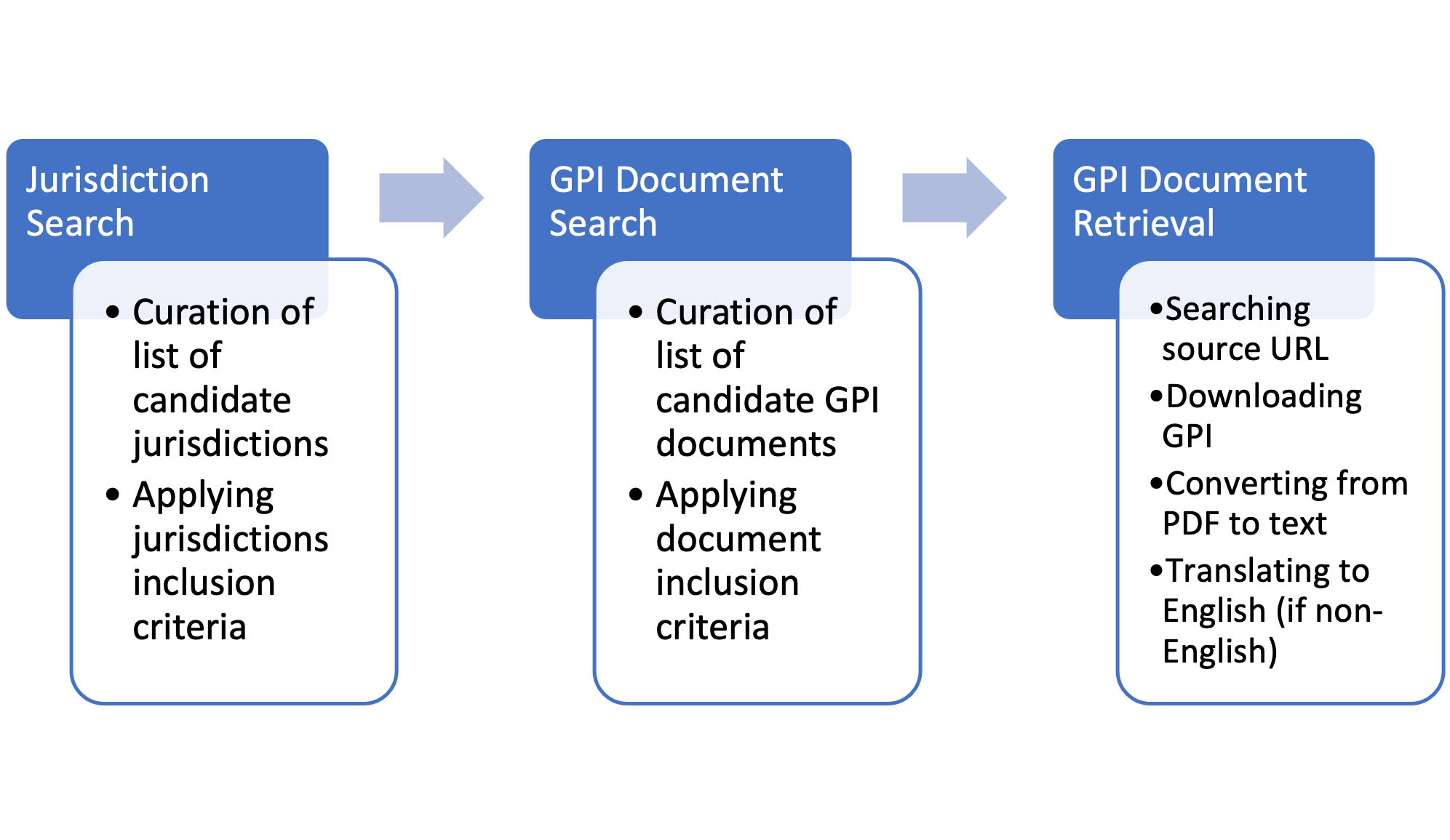The landscape of privacy laws and regulations around the world is complex and ever-changing. National and super-national laws, agreements, decrees, and other government-issued rules form a patchwork that companies must follow to operate internationally. To examine the status and evolution of this patchwork, we introduce the Government Privacy Instructions Corpus, or GPI Corpus, of 1,043 privacy laws, regulations, and guidelines, covering 182 jurisdictions. This corpus enables a large-scale quantitative and qualitative examination of legal foci on privacy. We examine the temporal distribution of when GPIs were created and illustrate the dramatic increase in privacy legislation over the past 50 years, although a finer-grained examination reveals that the rate of increase varies depending on the personal data types that GPIs address. Our exploration also demonstrates that most privacy laws respectively address relatively few personal data types, showing that comprehensive privacy legislation remains rare. Additionally, topic modeling results show the prevalence of common themes in GPIs, such as finance, healthcare, and telecommunications. Finally, we release the corpus to the research community to promote further study.
翻译:世界各地的隐私法和条例是复杂和不断变化的。各国和超级国家法律、协定、法令和其他政府颁布的规则形成了公司必须遵循的全套规则。为了审查这一全套做法的状况和演变,我们引入了涵盖182个管辖区的1,043项隐私法、条例和准则的政府隐私指令Corpus,即GPI Corpus,该指令涵盖182个管辖区。该保护令允许对隐私的法律要素进行大规模的定量和定性审查。我们审视了建立GPI时的时间分布,并说明了过去50年来隐私立法的急剧增长,尽管经过精细细的检查发现,增加的速度取决于GPI所处理的个人数据类型。我们的探索还表明,大多数隐私法分别涉及相对较少的个人数据类型,表明全面的隐私立法仍然很少。此外,主题模型结果显示GPIs的共同主题,例如金融、保健和电信。最后,我们向研究界公布该保护令,以促进进一步研究。

